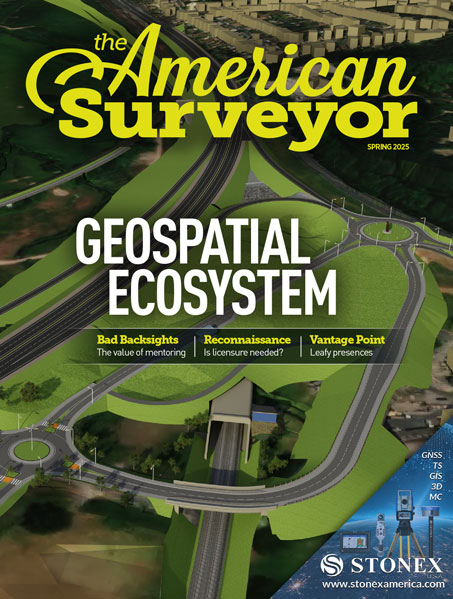A new reference system, ITRF2020, was released on 2 October 2022 by the International Earth Rotation and Reference System Service (IERS), replacing the previous ITRF2014 reference system. Shortly after that date, the International GNSS Service (IGS) released the IGS20 reference frame which is closely related to ITRF2020. The IGS will cease support for the old IGS14 frame on 27 November 2022. The upcoming reference frame transition will result in changes to some of the fundamental IGS products used in GPS and GNSS data processing.
What’s changing?:
- The IGS14/ITRF2014 frames have been superseded for ITRF & IGS products.
- From 27 November 2022 forward, all IGS products will refer to the IGS20/ITRF2020 frames and this frame change includes changes to file name conventions
- Antenna calibration additions will appear in 2020 frame files only
Users of NGS’s Online Positioning User Service (OPUS)
The IGS frame change should have no appreciable impact on users of OPUS. The GPS data processing method utilized by OPUS mitigates the impact of the input orbits on frame realization. Therefore, OPUS will continue to provide users with position solutions that are aligned with the IGS14/ITRF2014 frames and NAD83(2011) datum.
Direct Users of Orbit and Antenna Calibration Products
Note that for products associated with the change in reference system, the file formats have not changed. However, in many cases the data values will change with the reference frame and in some cases the file naming convention will change.
If you download and use IGS orbit products or NGS antenna calibrations directly in your own GNSS data processing workflows, there are several things to be aware of:
- If you process your own data using IGS products, then depending on the software used and the end-user application the change in reference frame may or may not have an appreciable effect on ground station coordinates that are estimated with orbit and antenna calibration products in the new frame. We advise downloading the IGS20 test orbits and the associated IGS20 ANTEX file to test the impact on ground station estimates. Test orbits are already available at the following locations: ftp://igs-rf.ign.fr/pub/igs20_tests/${WWWW} and
https://cddis.nasa.gov/archive/gnss/products/${WWWW}/igs20/
where ${WWWW} is the week of interest. The test products are available starting with GPS week 2222. - If you have automated processes that download IGS orbits from the NGS data archive, those processes will not be affected yet. For a time period yet to be determined, NGS will continue to archive the IGS orbits with short file names in parallel with the long file names. If at some future time NGS decides to cease archiving the products with short file names, users will be given ample notification to update their automated processes.
- If you have automated processes that download IGS orbits or clocks from an IGS datacenter like CDDIS, your software will need to be updated to download the IGS products using the new long file names to continue functioning after November 27, 2022. Support for short file names at CDDIS and other IGS data centers will cease after that date. The format specification for the long file name formats can be found at the link below:http://acc.igs.org/repro3/Long_Product_Filenames_v1.0.pdf
- If you have automated processes that download antenna calibration products (ANTEX) from NGS, your software will need to be updated to download the ngs20 products. A complete set of antenna calibrations in IGS20 will soon be released to the ANTCAL BETA webpage – please check this URL in the future.
For further details on this forthcoming change to IGS products, please see IGSMAIL-8256 and IGSMAIL-8238.
